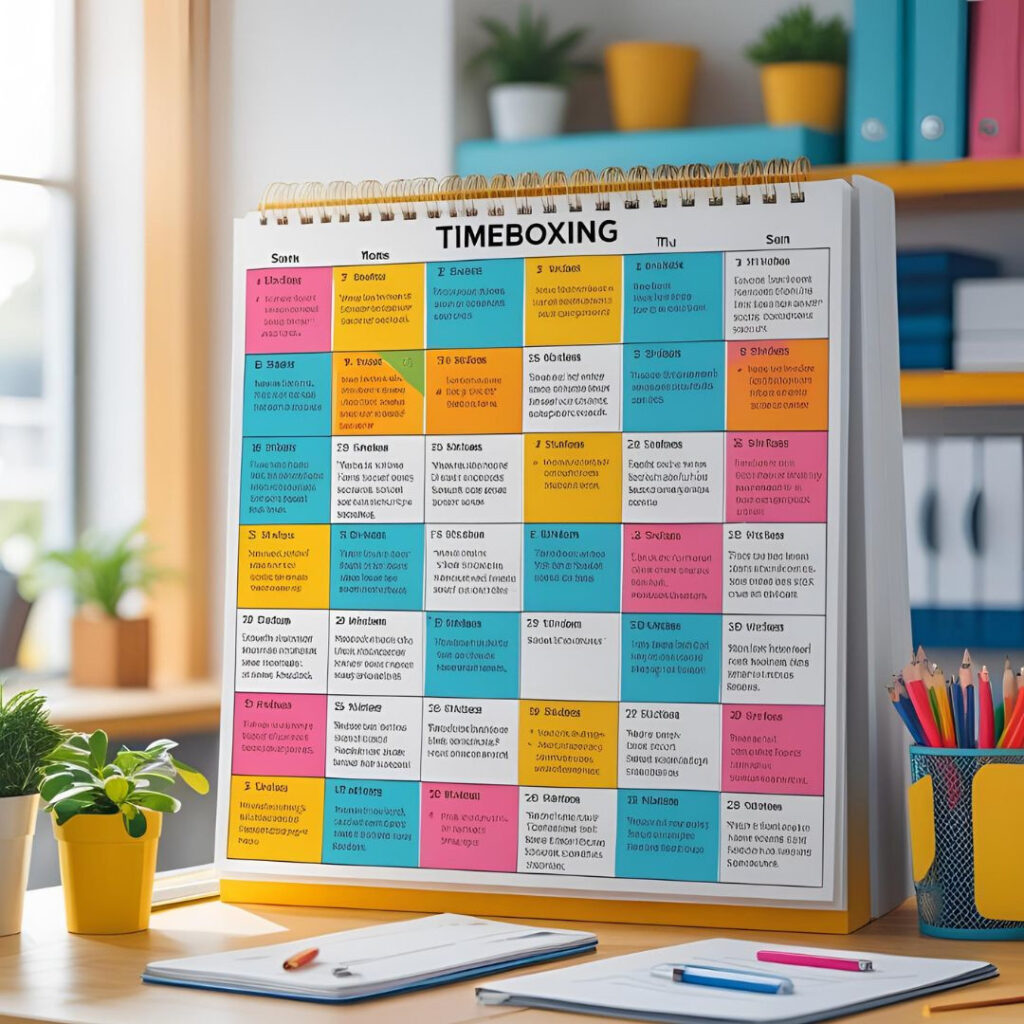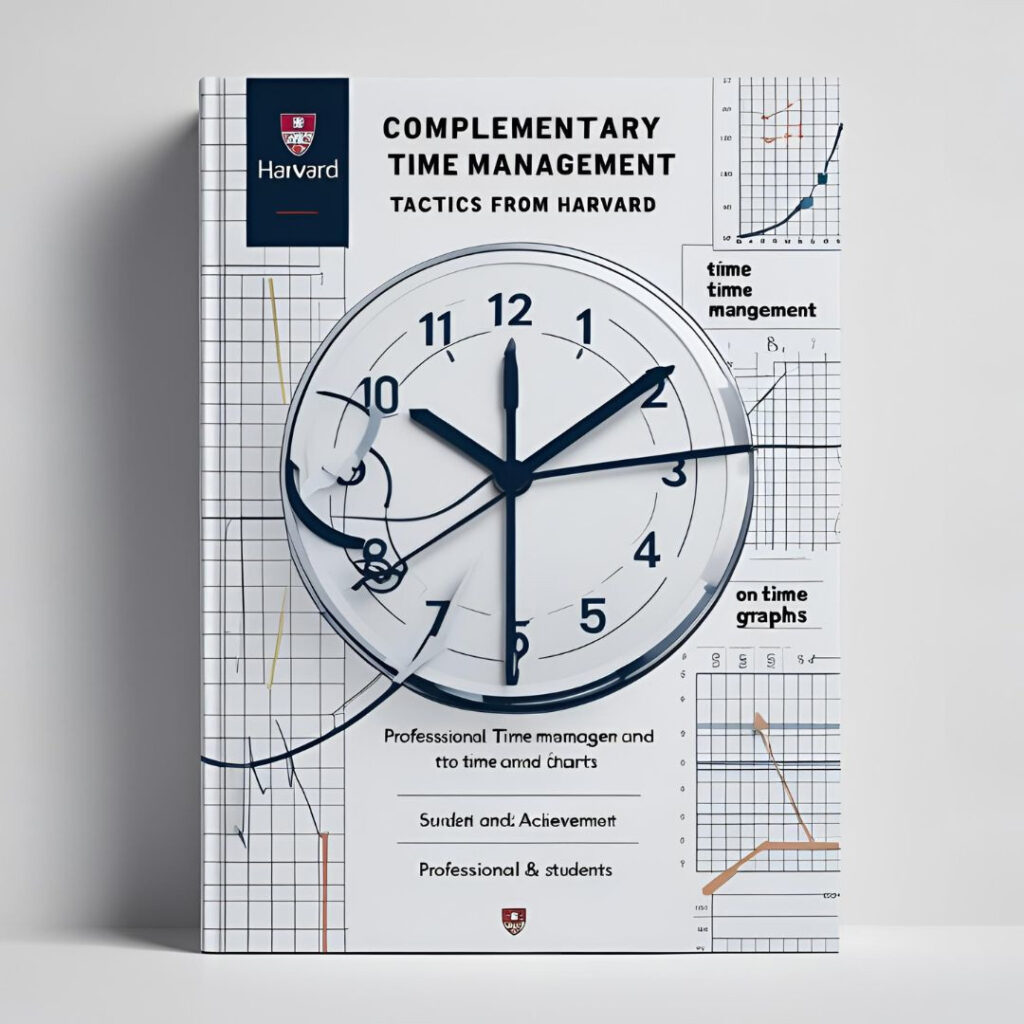Time is the one resource we all share equally—yet how we manage it makes all the difference. According to top professors at Harvard, mastering time management isn’t about working harder, but about working smarter. In this blog, we’ll explore powerful techniques—especially the Harvard-endorsed timeboxing method—to help you unlock better productivity and focus.
While exploring insights from top Harvard professors, don’t miss our deep dive into why soft skills matter as much as hard skills for long-term career success.
Understanding Timeboxing: Harvard’s Secret to Focused Productivity

What Is Timeboxing?
Timeboxing is the act of allocating a fixed period of time to a planned activity and then completing that activity within the time frame—no matter what. Unlike traditional to-do lists, timeboxing involves putting each task directly into your calendar.
Timeboxing is the act of allocating a fixed period of time to a planned activity and then completing that activity within the time frame—no matter what. Unlike traditional to-do lists, timeboxing involves putting each task directly into your calendar.
Why Timeboxing Works So Well
- It creates urgency and prevents procrastination
- It improves focus, since distractions are minimized
- It encourages completion, even if it’s not perfect
- It enforces boundaries—important in avoiding burnout
Harvard professors often color-code their calendars, assigning academic work, meetings, breaks, and even meals to specific blocks. This structure provides clarity and accountability.
Implementing Timeboxing in Your Daily Life

Step-by-Step Timeboxing Method
Here’s how to timebox your day like a Harvard scholar:
- Brain Dump Your Tasks
List everything you want to get done—big or small. - Estimate Time for Each Task
Be realistic. Overestimating is better than underestimating. - Block It Out on Your Calendar
Use tools like Google Calendar, Notion, or Outlook to assign time slots. - Set Alarms or Timers
This helps you stick to your slots and avoid overworking. - Review and Adjust Daily
Evaluate your progress and fine-tune tomorrow’s plan.
Tools Recommended for Timeboxing
- Google Calendar – for visual blocking
- Notion or ClickUp – for task integration
- Pomofocus – for Pomodoro-based timeboxing
- Sunsama – for integrating daily planning with Google Calendar
Want to improve your workplace impact? Here’s a powerful resource on Overcoming Anxiety in Professional Settings: Practical Strategies for Confidence
Complementary Time Management Tactics from Harvard

a. Prioritization: Eisenhower Matrix
Harvard professors use the Eisenhower Matrix to sort tasks into:
- Urgent and Important
- Important but Not Urgent
- Urgent but Not Important
- Neither
Focus your timeboxes on the first two categories. This ensures that you don’t spend your day reacting, but proactively working on long-term goals.
b. Deep Work vs. Shallow Work
Coined by Harvard grad Cal Newport, “deep work” refers to distraction-free, cognitively demanding work. Reserve your prime time (e.g., 8–11 AM) for deep tasks like writing, coding, or problem-solving.
Use timeboxing to:
- Block deep work periods in the morning
- Reserve the afternoon for shallow tasks like email or admin work
c. Intentional Breaks
Breaks are not wasted time—they’re essential.
Try the 90/20 rule:
- Work in 90-minute sprints
- Rest for 20 minutes
Use this method to reset your brain and boost long-term focus.
🔗 Related Insight: If you’re looking to level up your professional presence while managing your time effectively, don’t miss our in-depth guide on The Keystone of Professional Influence & Unlocking Career Success. It offers actionable strategies on building influence, negotiating better, and accelerating your career growth
Final Thoughts
Time management isn’t about cramming more into your day—it’s about making space for what matters. Harvard professors have refined methods like timeboxing, deep work structuring, and deliberate prioritization to manage high-pressure roles while maintaining work-life balance.
If it works for them, it can certainly work for you.
Boost your productivity and professional efficiency with these expert-backed guides and research-driven time management strategies from globally recognized platforms.
👉 How Successful People Manage Their Time – Forbes
👉 Essential Time Management Techniques – MindTools
👉 Harvard Business Review – Time Management Tips
👉 MindTools – Time Management Strategies and Tools
Is timeboxing better than to-do lists?
Yes—because it forces you to schedule and commit, while to-do lists often remain passive and unchecked.
Can I use timeboxing for personal or creative work?
Absolutely. Timeboxing is ideal for writing, learning new skills, workouts, or even relaxing guilt-free.
What if my day is too unpredictable?
Use flexible timeboxing. Plan only half your day, and leave gaps for reactive tasks or surprises.
Do Harvard professors actually use these methods?
Yes. As shown in the video, Harvard faculty and productivity experts rely on structured calendars, timeboxing, and reflection.
